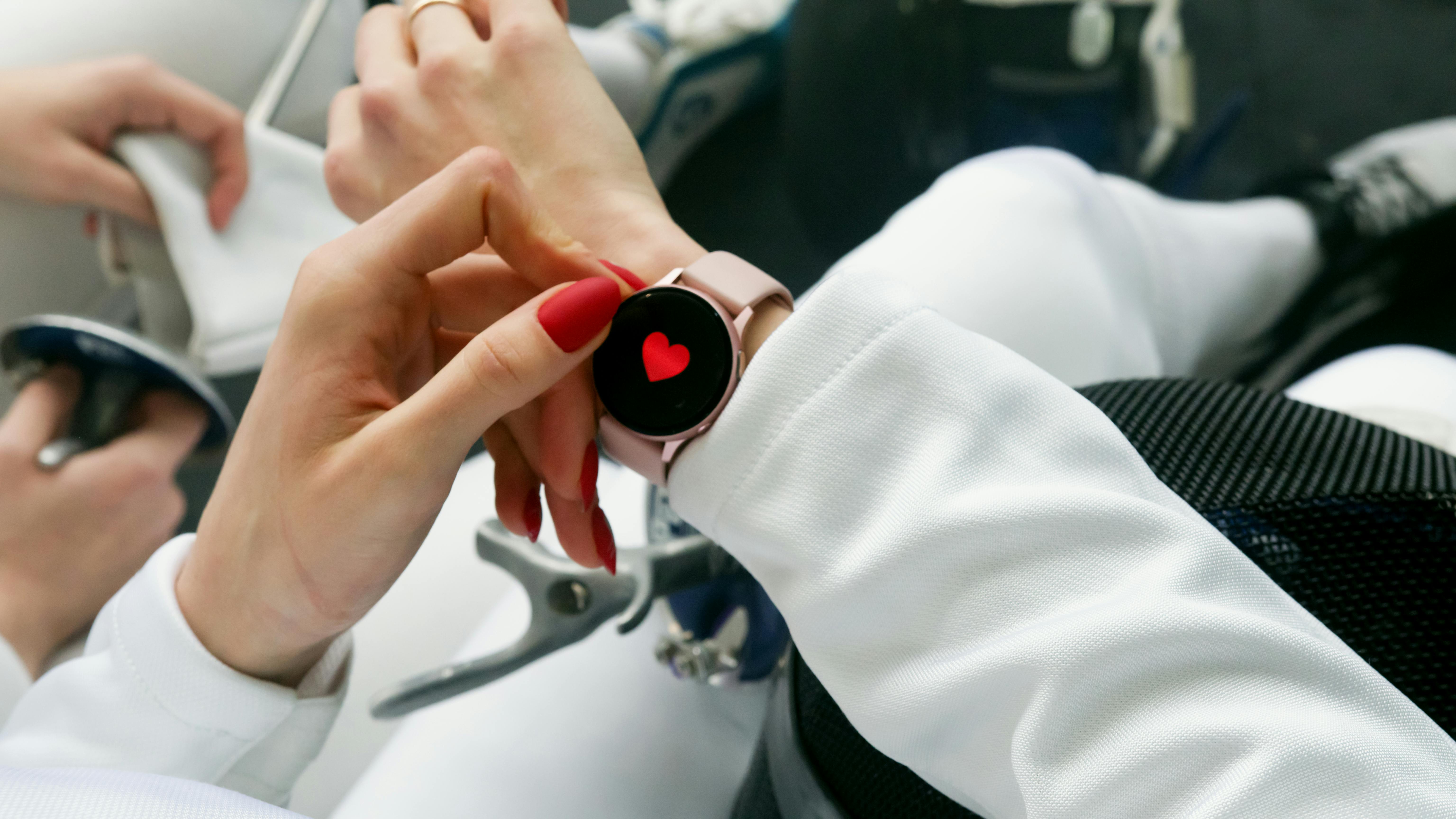
Top Wearable Devices For Boosting Health Insights
Wearing a device that monitors your steps and heart rate turns everyday health tracking into a more meaningful experience. When you select a wrist companion that fits your lifestyle, you gain access to detailed information about your sleep, stress, and physical activity. These insights reveal helpful patterns and can inspire you to stay active or make positive changes. Modern devices, such as those from *Fitbit* or *Garmin*, provide much more than simple step counts—they offer a deeper look at your habits and support your efforts to improve your overall well-being.
Carefully picking a gadget ensures you enjoy features that fit weekend hikes, work deadlines, or winding-down rituals. Beyond raw data, smart wearables blend into style choices and routines, so you actually reach for them each morning. Exploring top picks helps match tech to your priorities, whether that involves smarter workout feedback, seamless syncing, or battery life that doesn’t demand nightly charging.
How Wearable Health Devices Function
Most wrist-worn trackers house sensors that measure motion, heart rate, and skin temperature. These sensors generate streams of information that the device’s software turns into readable stats. When you check daily steps or active minutes, you see interpreted signals from accelerometers and optical heart sensors.
Wearables also sync with smartphone apps to compile long-term graphs, reveal trends, and flag anomalies. They capture sleep cycles by sensing subtle wrist movements and variations in heart rhythm. This layered data arms you with clear snapshots of rest quality and helps identify patterns tied to stress or workload.
Top Wearable Devices to Consider
Apple Watch Series 9 combines accurate heart-rate tracking with detailed workout summaries. Its bright screen highlights Elevation, VO2 Max, and wrist-based temperature sensing. Many users praise its seamless integration with health apps and fall-detection alerts, though battery life often lasts just a day and a half.
Fitbit Charge 6 offers an affordable tag-along for step counts, SpO2 readings, and guided breathing sessions. Its slim profile fits under watch bands and stays comfortable during sleep. Users notice the intuitive dashboard and solid battery that lasts six days, yet the touchscreen can lag when wet.
Garmin Lily 2 targets style alongside tracking menstrual cycles, hydration reminders, and energy levels. Women who juggle jobs and families appreciate its compact design and stress-tracking alerts. The AMOLED display shines, but fewer third-party apps connect compared to some competitors.
Oura Ring Gen 3 slips onto a finger to monitor heart rate variability, body temperature shifts, and sleep stages. Its subtle look feels less tech-heavy and more like everyday jewelry. Early reviews highlight deep sleep insights, although compatibility remains limited to newer smartphone models.
Samsung Galaxy Watch 6 Classic stands out with rotating bezel navigation and detailed ECG reports. The device tracks workouts automatically and reminds you to stand, stretch, and log water intake. Some owners note occasional app crashes, but they value the rich display and multi-day battery.
Key Features to Evaluate
Comfort defines daily wear. Look for soft bands, lightweight casings, and adjustable straps that don’t pinch. If you plan to wear the device through workouts and showers, verify its water resistance rating and durability. A snug yet breathable fit ensures accurate sensor data when you sweat.
Screen visibility matters for quick glances on busy days. AMOLED displays offer bold colors and deep blacks, while energy-saving LCDs stretch battery life. Touch functionality and physical buttons let you navigate menus easily during runs or yoga sessions.
Making the Most of Daily Use
Pair these simple habits with your tracker to truly benefit from its capabilities:
- Sync every night. A daily update keeps graphs accurate and alert settings reliable.
- Set personalized goals. Tailoring step or calorie targets each week keeps progress realistic.
- Use guided sessions. Follow built-in breathing or stretching prompts to lower tension during work breaks.
- Review trends weekly. Spot patterns in sleep and activity to adjust routines before issues escalate.
- Share milestones. Connecting with friends through the companion app adds accountability and fun.
Sticking to consistent habits helps turn raw numbers into meaningful insights. Regular check-ins and small adjustments guide you toward stronger routines that last.
Comparing Price and Performance
Price tags range from entry-level bands under $100 to premium systems above $300. Higher-end models often include advanced metrics like ECG, skin temperature, and blood-oxygen levels. Mid-tier options focus on core stats and longer battery life.
Compare each feature against its cost. If sleep coaching and heart readings top your priorities, investing in a pricier model makes sense. If you mainly track steps and workouts, a simpler band provides accurate feedback without overspending.
Overcoming Common Challenges
Signal dropouts and lost connections to your phone can frustrate anyone. Keep firmware updated and close unused apps to reduce interference. Place the phone in a clear pocket or backpack compartment to maintain steady Bluetooth range.
Alarm fatigue sometimes sets in when devices nag about inactivity or health reminders. Customize notification times to fit your work-life balance, and disable alerts that feel excessive. Thoughtful settings keep the gadget supportive and unobtrusive.
Select a wearable like *Fitbit* that suits your lifestyle to improve health tracking. Focus on comfort and essential sensors to turn data into useful insights.